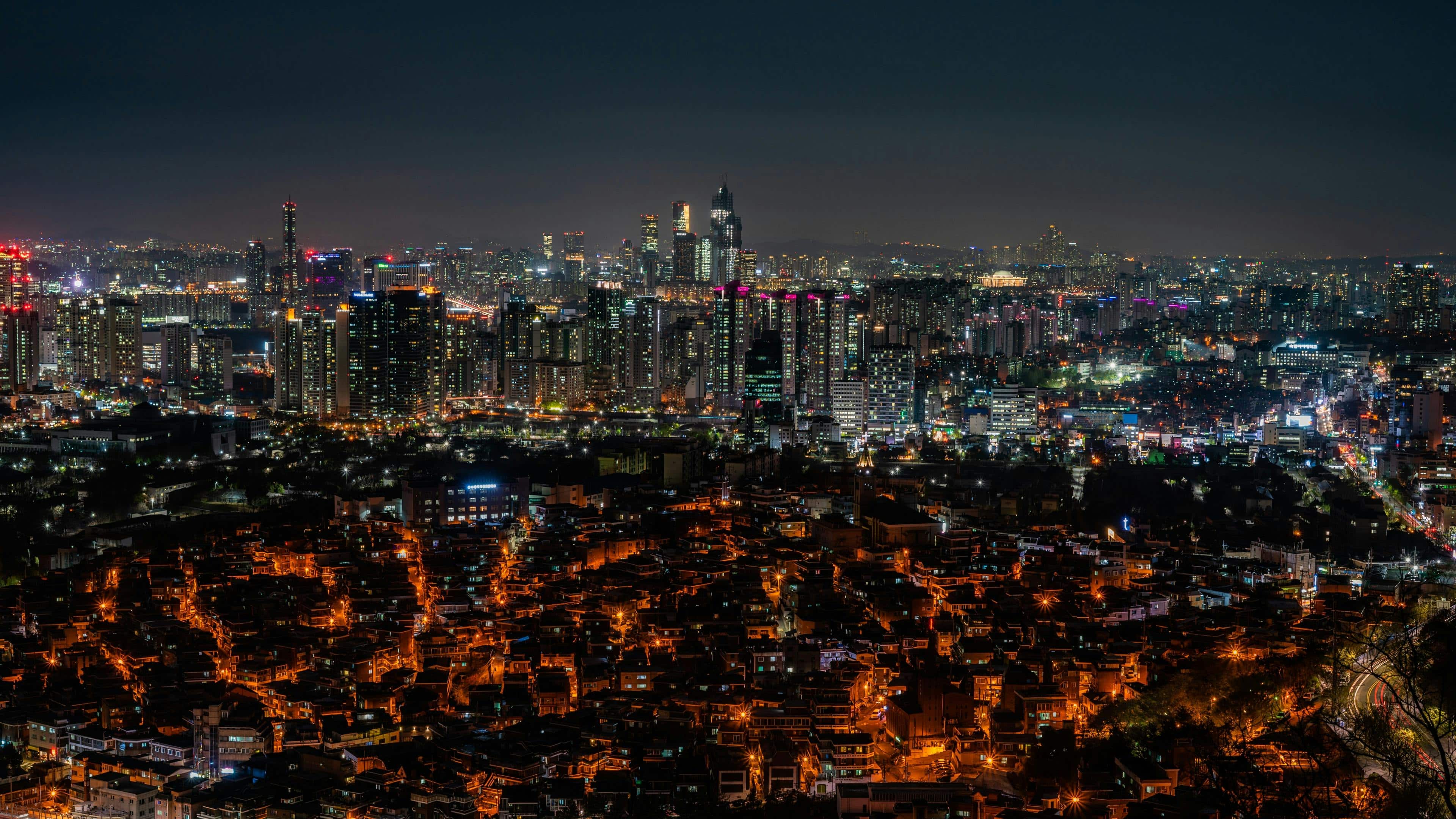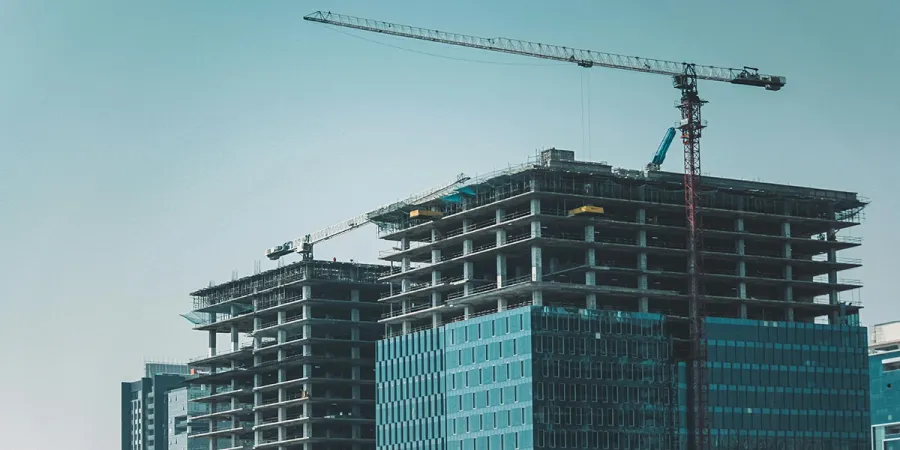Every day, even every minute, cities are growing. Roads are being widened, high-rise buildings are being erected, supermarkets are being built. Urban growth is happening at an incredible pace. At the same time, it is important not only to effectively accommodate all people, but also to make living conditions of high quality.
Urban Living Definition
Many people choose to live in cities. There are several reasons for this:
- the opportunity to get an education and then find a job;
- access to various types of entertainment and leisure activities;
- prospects for business development and job creation;
- extensive transport system;
- proximity to medical facilities;
- innovations that make everyday life easier.
Urban life encompasses many more factors, but the main thing is that people built it. They make it lively and vibrant.
What Are the Benefits of Urbanization Today?

In recent years, cities have become very important for the development of society, concentrating wealth and power.
Urbanization is now a global process that encompasses numerous models and ways of developing the cities of the future. It brings many benefits to the population of a country. People have a greater choice of activities, medical and educational services. Incomes and living standards are also increasing.
Improving of urban sustainability is critical for preventing economic and social losses, as well as for protecting the environment, reducing the risk of disasters and climate change.
The cultural significance of the city and its political influence on the national scene are growing. Thus, the positive effects of urbanization are obvious. Therefore, the expansion of territories is a difficult and essential component of urban development.
Plans for Sustainable Urban Development and Communities
To build a functional city, you need a step-by-step plan for its implementation. This directly depends on the capabilities of the construction industry and the architectural workforce. The main thing is to improve the processes of construction, management, safety, and inclusiveness, while reducing the risks of deterioration in the quality of life.
Infrastructure should be designed to withstand natural disasters, air pollution, and water shortages, and have developed logistics and a network of quality roads.

There are different ways to develop urban resilience strategies:
- greening infrastructure, increasing parks, and planting roofs of high-rise buildings, which will have a qualitative impact on life and the environment;
- water resources management, rainwater harvesting, and reuse;
- improving the condition of sewers so that they can withstand floods or heavy rains;
- reducing waste through recycling and sorting;
- sensors and real-time data analysis to help improve services.
It is important to engage and listen to the community to understand their needs and help address them. Organize meetings and communicate to create the city of the future together.
Technologies to Improve the City
With the expansion of territories, new houses and high-rise buildings are growing before our eyes. Emphasis is placed on their quality, landscaping, easy access to communications, logistics, and provision of necessary goods.
“Smart cities” are becoming increasingly innovative. They are created in three paradigms: greener, safer, and more comfortable. A “smart city” knows the needs of society and quickly adapts to them. Among its features:
- the use of solar panels;
- smart public transport;
- emergency response buttons;
- cashless payment for services in public places;
- saving resources (water, light);
- modern traffic management systems.

The implementation of a sustainable city project makes it possible to organize more efficient means of improving life. Combining the entire technological process on a single platform will make a smart city a city of the “future”, built on the principles of:
- focus on convenience for the population;
- quick response to any situation;
- the constant search for new solutions and improvements;
- integrity, when everyone is ready to cooperate and help;
- Organization to provide effective services.
We want to implement interesting projects where people see the prospect of development for themselves, their families, and their businesses. Therefore, developers should be focused on the needs of the consumer.
Property of Choice for City Dwellers
More and more people are looking for their place in the midst of a bustling city. They are looking for their own little oasis – a cozy apartment, a comfortable office or practical space for doing business.
Under the influence of the pandemic, many city dwellers have switched to remote working, which has contributed to the growing popularity of both buying and renting residential property. In addition, demand for modular homes has increased in recent years, as even a small piece of land brings you closer to nature.
Following the lifting of quarantine restrictions, people have become interested in commercial property and offices again. This is due to the increased opportunities in the labor market and employers’ desire to transfer their staff to at least part-time office work.
The growing demand for urban property dictates its own rules for developers and investors. Many people want to contribute to the future by investing in residential or commercial property.
Cities for comfortable living and efficient work
Every city has its own atmosphere and pace of life. If it has extensive transport networks, offers high-quality medical, educational, and entertainment services, and provides business opportunities, then the demand for housing will be high.
Looking for an apartment, house, or commercial space? Be sure to consult with professionals when choosing the neighborhood and the property itself. This will allow you to buy or rent a property that will meet all your personal or business requirements.






